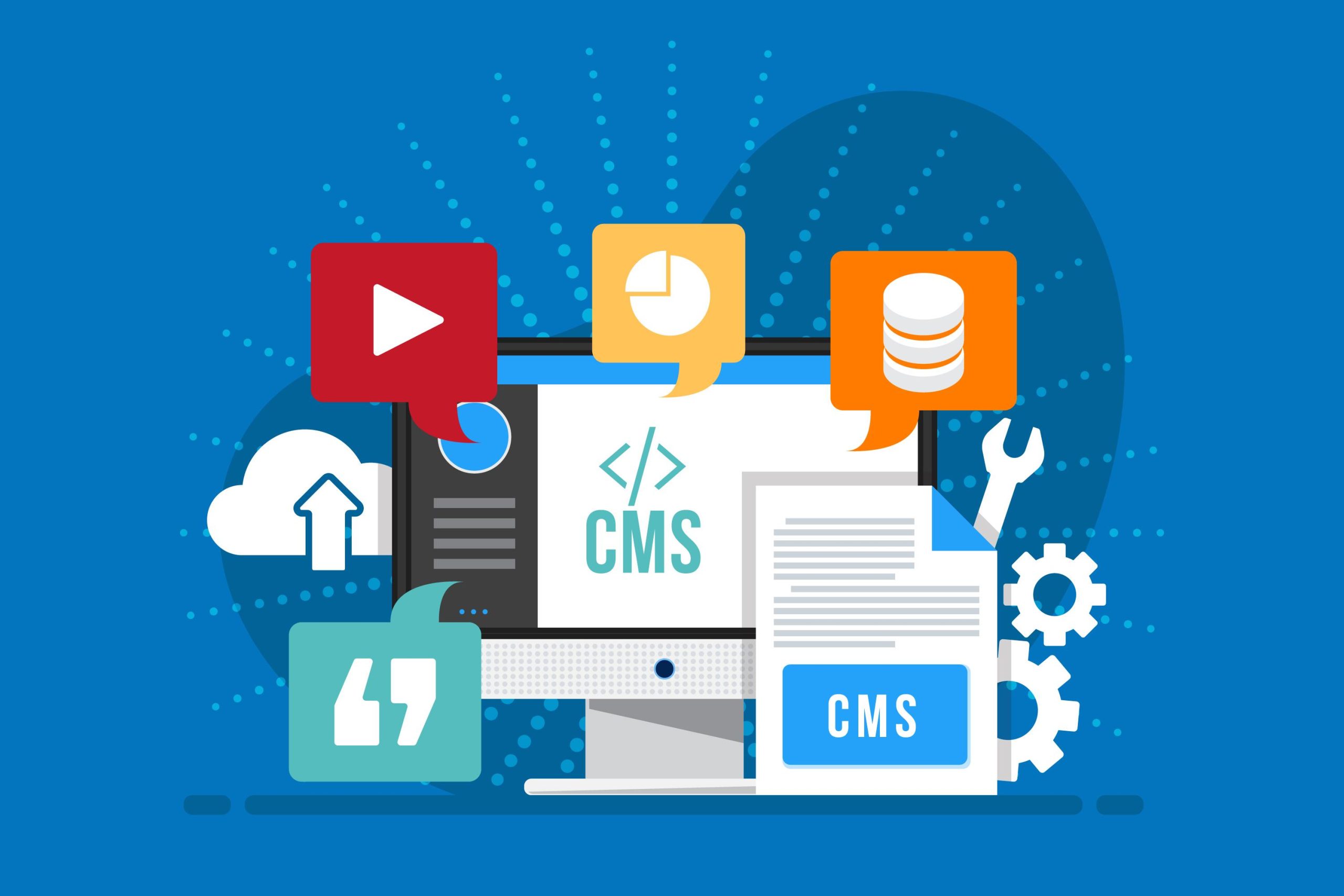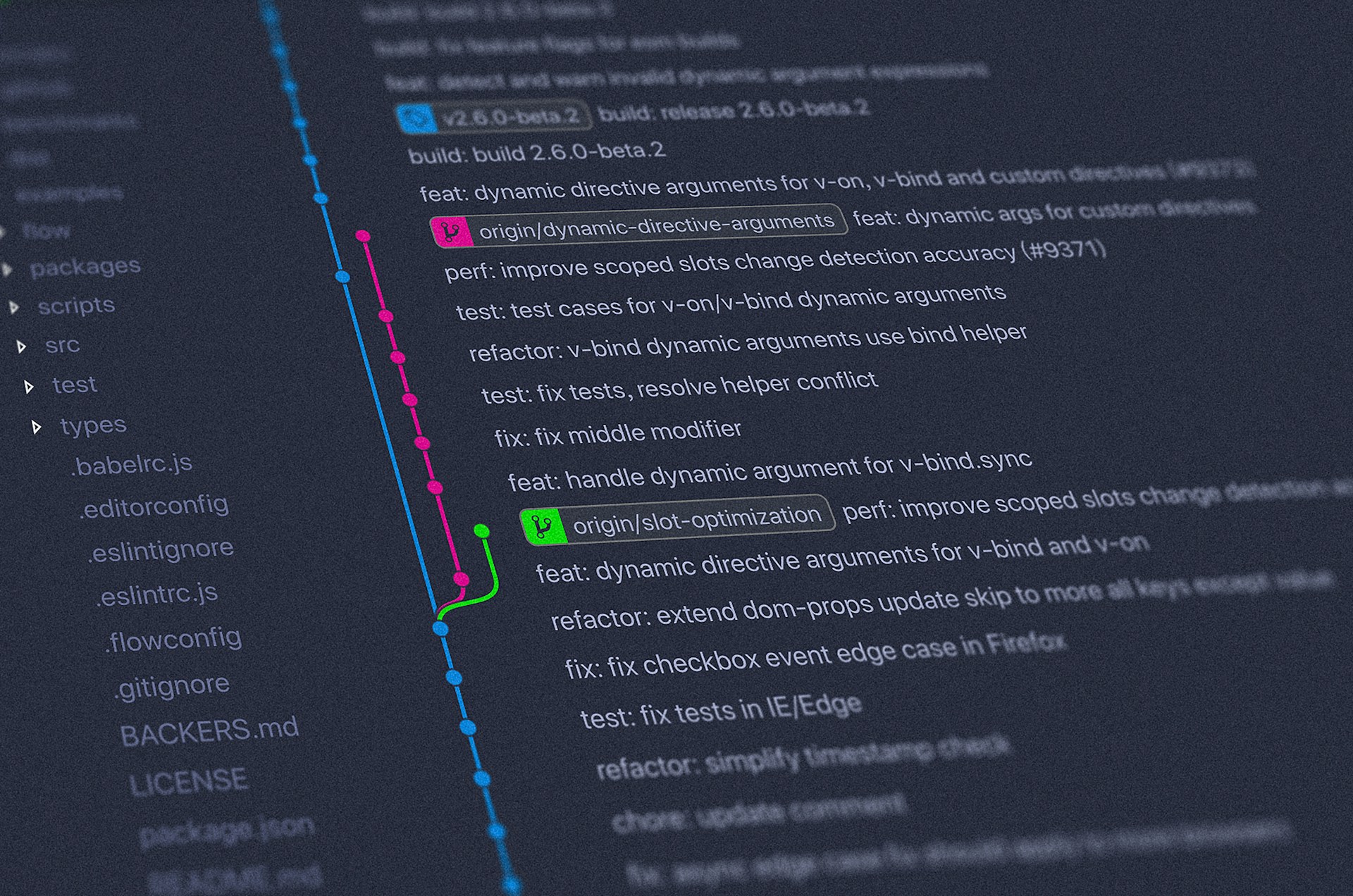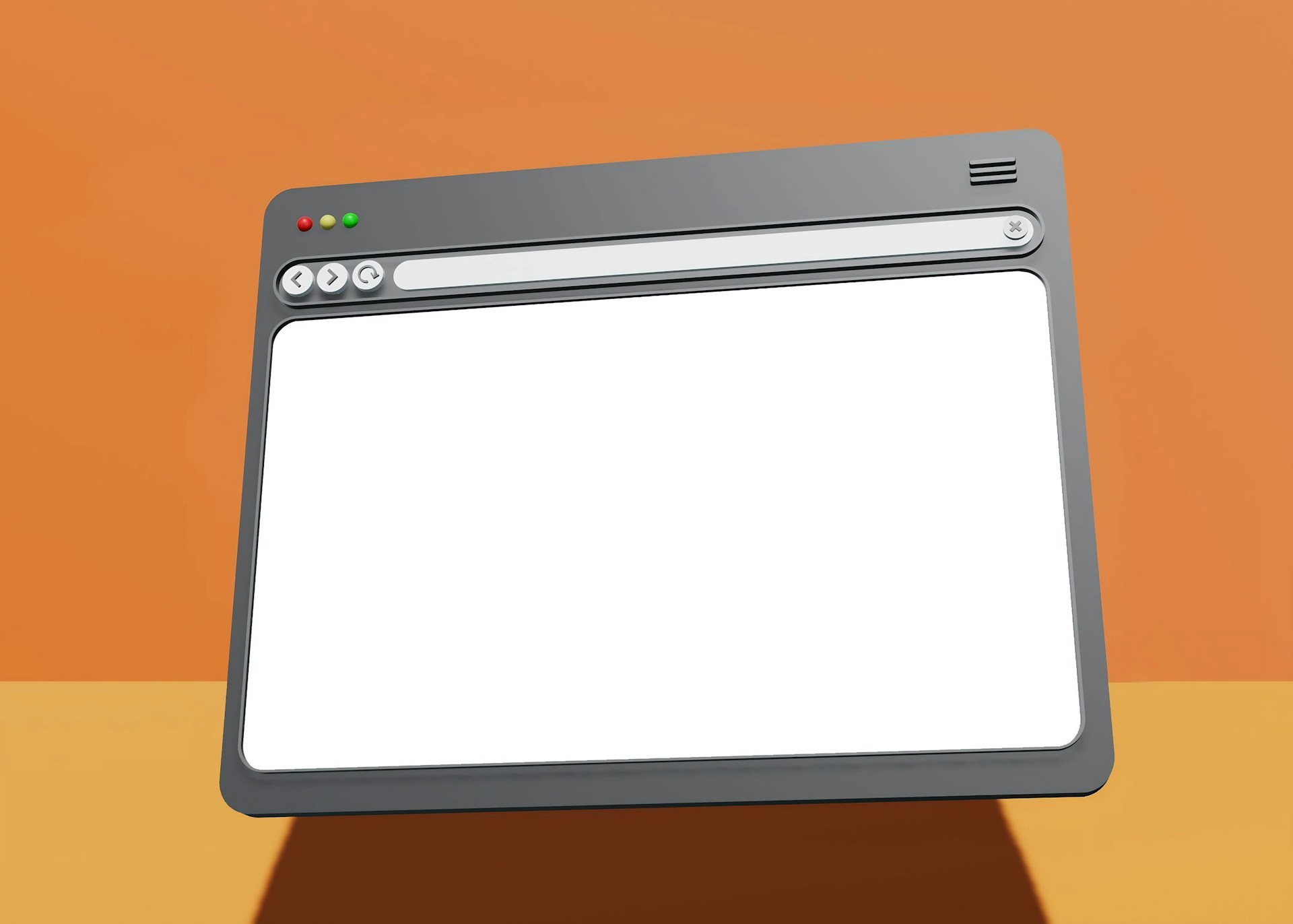5 Ways to Protect Your Brand Reputation From Cybersecurity Threats
In today’s competitive business world, you succeed by earning the trust and respect of your customers through stellar service, amazing products, and top-of-the-line security that keeps their information safe on your servers. While many business leaders will often focus predominantly on the first two elements, it’s important to actually prioritize cybersecurity for effective online reputation management, brand-building, and long-term growth. After all, one cyber-attack is enough to send your brand’s image spiraling down, and recovering from such a hit can be difficult if not impossible.
Quick Links
Whether you are aware of it or not, the digital realm is becoming a more dangerous place for global and local companies every year, as the cyber criminals stand to gain a lot by accessing your data stores and obtaining sensitive business and customer information. Here to help you prevent any incursions and keep your brand’s reputation intact are the five key ways you can deal with cybersecurity threats.
Employee education and training
Before you start integrating various cybersecurity tools and upgrading your existing firewall systems, you have to take a step back to ascertain the level of knowledge your employees have on data management, communication, and storage. Oftentimes, it won’t be the firewall that fails you, it will be one of your employees inadvertently giving out a piece of customer information to the wrong person. Scammers and cyber criminals strive to trick unwitting customers and employees into giving out their information through phishing emails and highly-specialized acts of social engineering.
Most of the time, the victim won’t even know that they’ve given out the data to the wrong person long after the fact, which can significantly jeopardize your brand’s image and reputation. This is why you should prioritize employee training and education on the essential cybersecurity practices. What’s more, you should strive to educate your customers and clients on proper data security practices as well, to prevent them from giving their information to scammers perpetrating as your employees and brand representatives.
Combining software and hardware firewalls
Now that your employees have the knowledge necessary to prevent falling prey to online scams, you can start focusing on the concrete cybersecurity measures. Begin by assessing the strength of your firewall and conduct firewall testing to uncover any weaknesses and potential points of entry that hackers and scammers might try to exploit. If you are using only software firewalls for your company’s devices like laptops, smartphones, and IoT tech, you should consider integrating a hardware firewall as well.
By optimizing and upgrading software firewalls and complementing them with a hardware firewall, you can create a more robust system that will protect your entire network even during power outages and system failures. The hardware firewall in particular will help secure your entire network and inspect all inbound and outbound traffic quickly for early threat detection and prevention.
Choosing better cloud providers and plans
When it comes down to building a more secure cybersecurity system, you have to take a closer look at your cloud provider and what they’re offering. Ideally, you should look for trusted hyperconvergence vendors that offer comprehensive cybersecurity solutions and leading features to keep your company safe in the online world at all times while improving efficiency and performance. You should be able to minimize your costs and pay as you grow, but the cybersecurity measures you get should always be up to the latest industry standards.
This way, you can rest assured that your cloud system is secure against all online threats and potential server attacks, while all business and customer information is safely stored and protected on a decentralized platform. Along with continuous backups and disaster recovery solutions, you should have no problem keeping your data safe.
Integrating network monitoring tools
Even though you might have the best firewall systems in place and your employees know how to handle sensitive information, that still doesn’t mean that you shouldn’t retain complete control and oversight of your company’s network. By integrating an advanced network monitoring solution to your business, you can get a comprehensive overview of your entire network, and you can utilize your network’s resources in a more efficient and effective way. What’s more, a network monitoring tool will allow you to restrict access to non-work-related websites to elevate employee and data security.
Improving password management
On a final note, always keep in mind that scammers and hackers can easily gain access to your accounts and employee data by exploring any weak passwords in your company. This is a cyber-threat that you can avoid by implementing a more stringent password management policy, and by integrating a reliable password management tool that will generate stronger passwords and store them in a safe location. This way, you won’t have to worry about your employees creating weak passwords and storing them in an unsecure location, like a smartphone app with free access.
Protecting against email phishing scams
Email phishing not only affects your security but also your brand reputation. For example, phishing emails sent to Sony, where hackers posed as colleagues and sent malicious emails containing malware to unsuspecting employees, resulted in brand damage to this technology company. In the end, more than 100 terabytes of company data were stolen, including financial records, and customer data costing Sony more than $100 million.
How do you protect your business and employees from email phishing scams like this? BeenVerified, a public data company, lists seven steps you can take to minimize the risk of email phishing scams: using a spam filter, checking email addresses to make sure they’re not spoofed, not clicking links within in emails, using multifactor authentication, keeping software up to date, being careful with data in conversations you didn’t initiate, and being wary of generic emails.
Wrapping up
Cybersecurity threats are becoming increasingly present every year, and they can be equally damaging to small and large businesses. Be sure to use these security measures to minimize risk and keep your employees and customers safe at all times.
How to Make Your Food Blog Irresistibly Yummy for Google Rankings?
SEO strategy is at the core of any successful blog. It is even more critical in densely populated…
0 Comments11 Minutes
How SEO Company Boosts Your Online Presence?
The web jungle is immense with hundreds and thousands of new websites cropping up every day! It is…
0 Comments6 Minutes
Keyword Research Strategies: Opportunities for SEO Success
Consider wanting to sell ice cream. You arrange your ice cream stand, but how can you tell people…
0 Comments10 Minutes
Optimizing Marketing Automation with Dynamics 365: Essential Keywords and Strategies
For organizations aiming to hold their ground and reach out to their audience effectively,…
0 Comments9 Minutes
Understanding AI, Machine Learning, and AIML: A Comprehensive Overview
We are all aware of the phrase: “Change is Constant!” It means nothing is permanent except…
0 Comments7 Minutes
What are the Cybersecurity Best Practices to Safeguard Your Digital Assets
One could say that cybersecurity is not anymore, an added luxury – it has become a necessity. Due…
0 Comments8 Minutes
8 Ways Visual Content Enhances the User Experience on Your E-commerce Website
When it comes to e-commerce, first impressions are everything. Your website is usually the first…
0 Comments7 Minutes
How to Find and Fix Orphan Pages in SEO
Orphan pages are the web pages which are not linked to any other web page of the specific site and…
0 Comments9 Minutes








